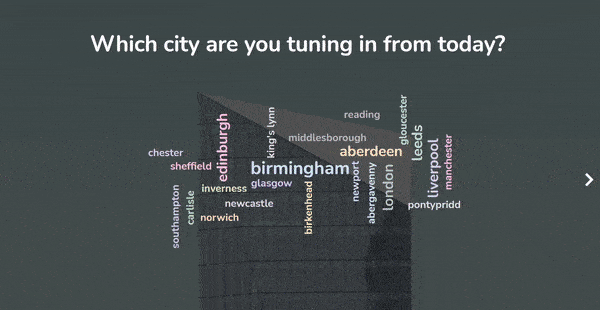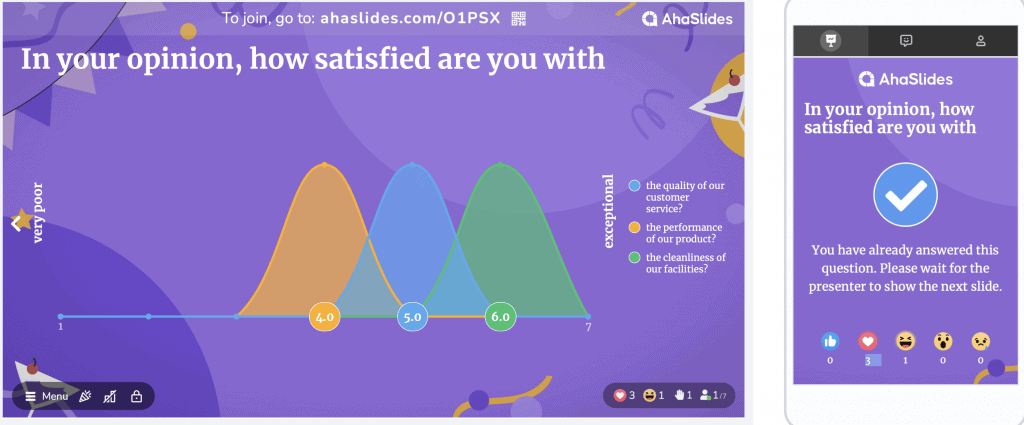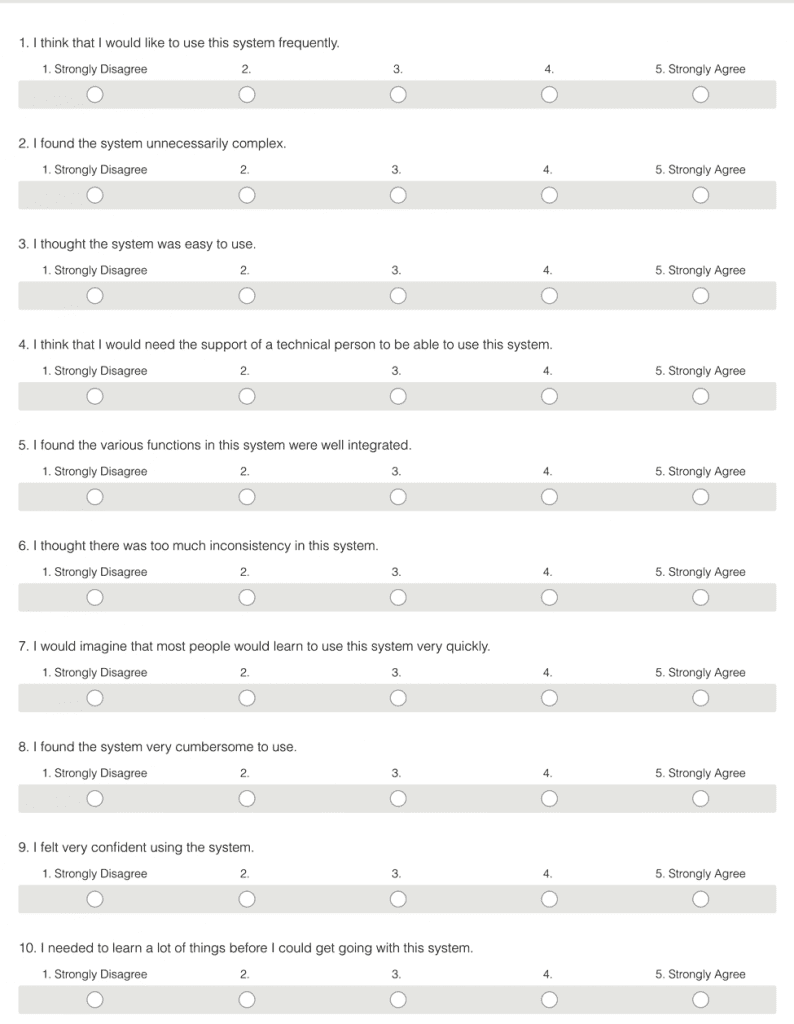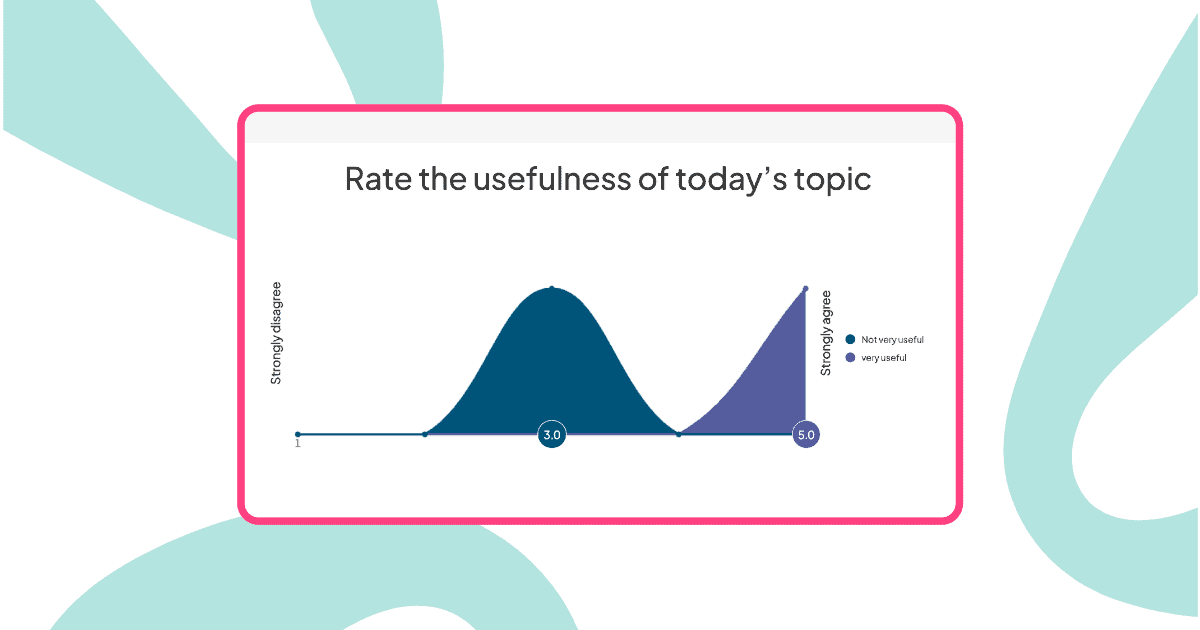The Likert Scale, developed by Rensis Likert, is one of the most popularly used variations of the summated rating scale in educational and social sciences research.
The significance of Likert Scale in Research is undeniable, especially when it comes to measuring attitude, opinion, behavior, and preferences.
In this article, we will go deeper into the meaning of Likert Scale in research, as well as when and how to best use it in research, whether it is qualitative or quantitative research.
Overview
| Who invented the Likert Scale? | Rensis Likert |
| When did the Likert Scale develop? | 1932 |
| What is a typical Likert Scale in research? | 5- or 7-point ordinal scale |
Table of Contents:
- What is Likert Scale in Research?
- What are the Types of Likert Scale in Research?
- What is the Importance of Likert Scale in Research?
- How to Use Likert Scale in Research
- Key Takeaways

What is Likert Scale in Research?
Likert Scale is named after its creator, Rensis Likert, who developed it in 1932. In survey research, it is the most common type of measurement scale, which is used to gauge attitudes, values, and opinions, for a real or hypothetical situation under study.
A principle basic to the Likert scale measurement methodology is that scores yielded by a Likert scale are composite (summated) scores emanating from an individual’s responses to the multiple items on the scale. For example, participants are asked to show their level of agreement (from strongly disagree to strongly agree) with the given statement (items) on a metric scale.
The Likert Scale vs. the Likert Item
It is common to see people get confused between the terms Likert scale and Likert item. Each Likert scale contains several Likert items.
- A Likert item is an individual statement or question that the respondent is asked to evaluate in a survey.
- Likert items usually offer participants a choice between five and seven ranked options, with the middle option being neutral, e.g. from “Extremely dissatisfied” to “Extremely satisfied”
Tips for Effective Survey

Create Survey Online with AhaSlides
Get any of the above examples as templates. Sign up for free and create survey online with AhaSlides template library!
Sign Up For Free☁️
What are the Types of Likert Scale in Research?
In general, Likert-type questions can consist of unipolar or bipolar scales.
- Unipolar Likert scales measure a single dimension. They are well-suited for assessing the extent to which respondents endorse a particular viewpoint or attitude. For example, frequencies or probabilities are measured by scales using never/always, not at all likely/very likely, etc.; they are all unipolar.
- Bipolar Likert scales measure two opposite constructs, such as satisfaction and dissatisfaction. The response options are arranged on a continuum from positive to negative, with a neutral option in the middle. They are often employed to assess the balance between positive and negative feelings towards a particular topic. For instance, agree/disagree, satisfaction/dissatisfaction, and good/bad are bipolar concepts.
| Unipolar Scale example | Bipolar Scale example |
| ○ Strongly Agree ○ Somewhat Agree ○ Moderately Agree ○ Not at all Agree | ○ Strongly Agree ○ Somewhat Agree ○ Neither agree nor disagree ○ Somewhat Disagree ○ Strongly Disagree |
In addition to these two main types, there are two types of Likert scale response options:
- Odd Likert scales have an odd number of response options, such as 3, 5, or 7. Odd Likert scale questions have a neutral option in the answer responses.
- Even Likert scales have an even number of response options, such as 4 or 6. This is done to force respondents to take a position, either for or against the statement.

What is the Importance of Likert Scale in Research?
The Likert scale is easy to use and understand, and it is relatively reliable and valid. This makes it a popular choice for researchers in a variety of fields, including psychology, sociology, education, and marketing.
Why is a Likert scale the preferred scale in research? Here are some reasons why the Likert Scale is widely used:
- Attitudes influence behaviors, but cannot be instantly observed, they must be assumed through a person’s diverse actions or pronouncements. This is why Likert scale questionnaires come to address different aspects of attitude.
- Likert scales offer a standardized format for collecting responses, ensuring that all respondents answer the same set of questions in the same way. This standardization enhances the reliability and comparability of data.
- Likert scales are efficient for collecting a large volume of data from a large number of respondents, making them suitable for survey research.
How to Use Likert Scale in Research
The effectiveness of Likert Scale in research is influenced by various factors. Here are some tips to help you design a questionnaire with Likert Scale:
#1. Objectives of a Questionnaire
Any questionnaire has three specific objectives. Starting the questionnaire design with key research questions you aim to answer is necessary.
#2. Take care of Question design
It is crucial to design the questions to overcome the respondent’s inability and unwillingness to answer.
- Is the respondent informed?
- If respondents are not likely to be informed, filter questions that measure familiarity, product use, and past experiences should be asked before questions about the topics themselves.
- Can the respondent remember?
- Avoid errors of omission, telescoping, and creation.
- Questions that do not provide the respondent with cues can underestimate the actual occurrence of an event.
- Can the respondent articulate?
- Minimize the effort required of the respondents.
- Is the context in which the questions are asked appropriate?
- Make the request for information seem legitimate.
- If the information is sensitive:
You might also like: 12+ Free Alternatives to SurveyMonkey in 2023
#3. Choose Question-wording
For well-written questions, we offer the following guidelines:
- define the issue
- use ordinary words
- use unambiguous words
- avoid leading questions
- avoid implicit alternatives
- avoid implicit assumptions
- avoid generalizations and estimates
- use positive and negative statements.
You might also like: 65+ Effective Survey Question Samples + Free Templates
#4. Choose Likert Scale response options
Decide whether you will use Bipolar or Unipolar, an odd or even Likert scale, depending on whether you want to include a neutral or midpoint option.
You should refer to the available measurement constructs and items that are already developed and recognized by previous researchers. Especially when it comes to academic research with strict standards.

Key Takeaways
Ready to put your expertise in using Likert scales to the test and gather valuable insights for your research? Take the next step and create powerful surveys with AhaSlides.
AhaSlides offers user-friendly survey creation tools, real-time response tracking, and customizable Likert scale options. Start making the most of your research by designing engaging surveys today!
Frequently Asked Questions
How to analyze Likert scale data in research?
There are several statistical techniques that can be used in analyzing the Likert scale data. Common analyses include calculating descriptive statistics (e.g., means, medians), conducting inferential tests (e.g., t-tests, ANOVA), and exploring relationships (e.g., correlations, factor analysis).
Can Likert scales be used in qualitative research?
Even though Likert scales are typically used for quantitative research, they can also be used for qualitative purposes.
What type of measurement is Likert scale?
A Likert Scale is a type of rating scale used to measure attitudes or opinions. With this scale, respondents are asked to rate items on a level of agreement toward some certain issue.
Ref: Academia | Book: Marketing Research: An Applied Orientation, Naresh K. Malhotra, p. 323.








